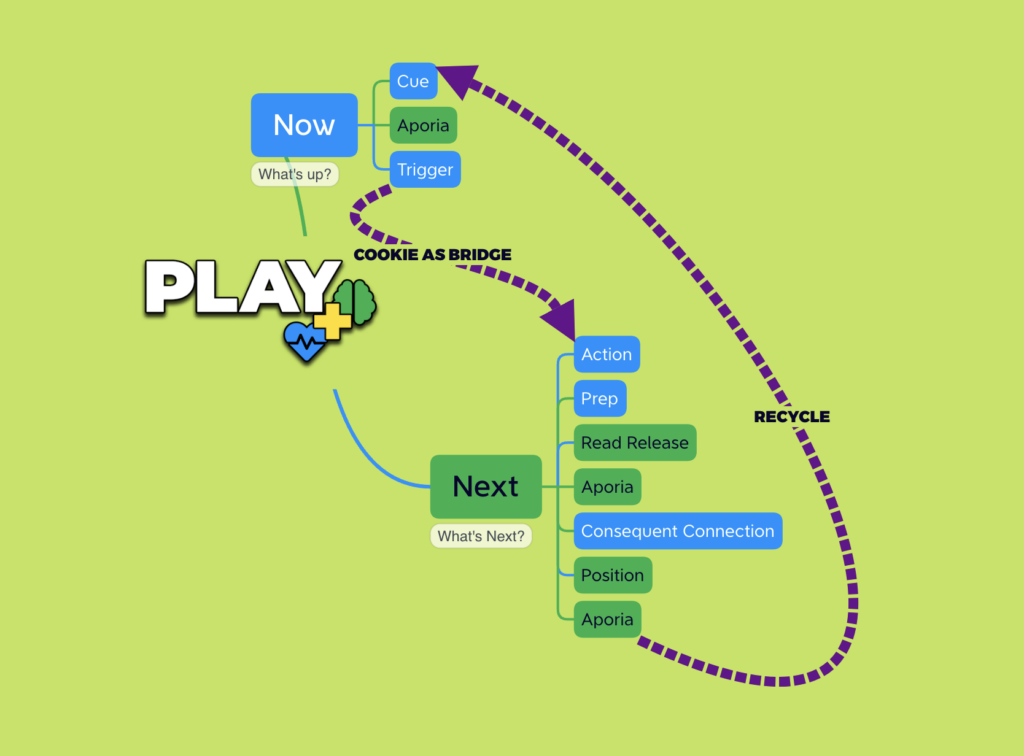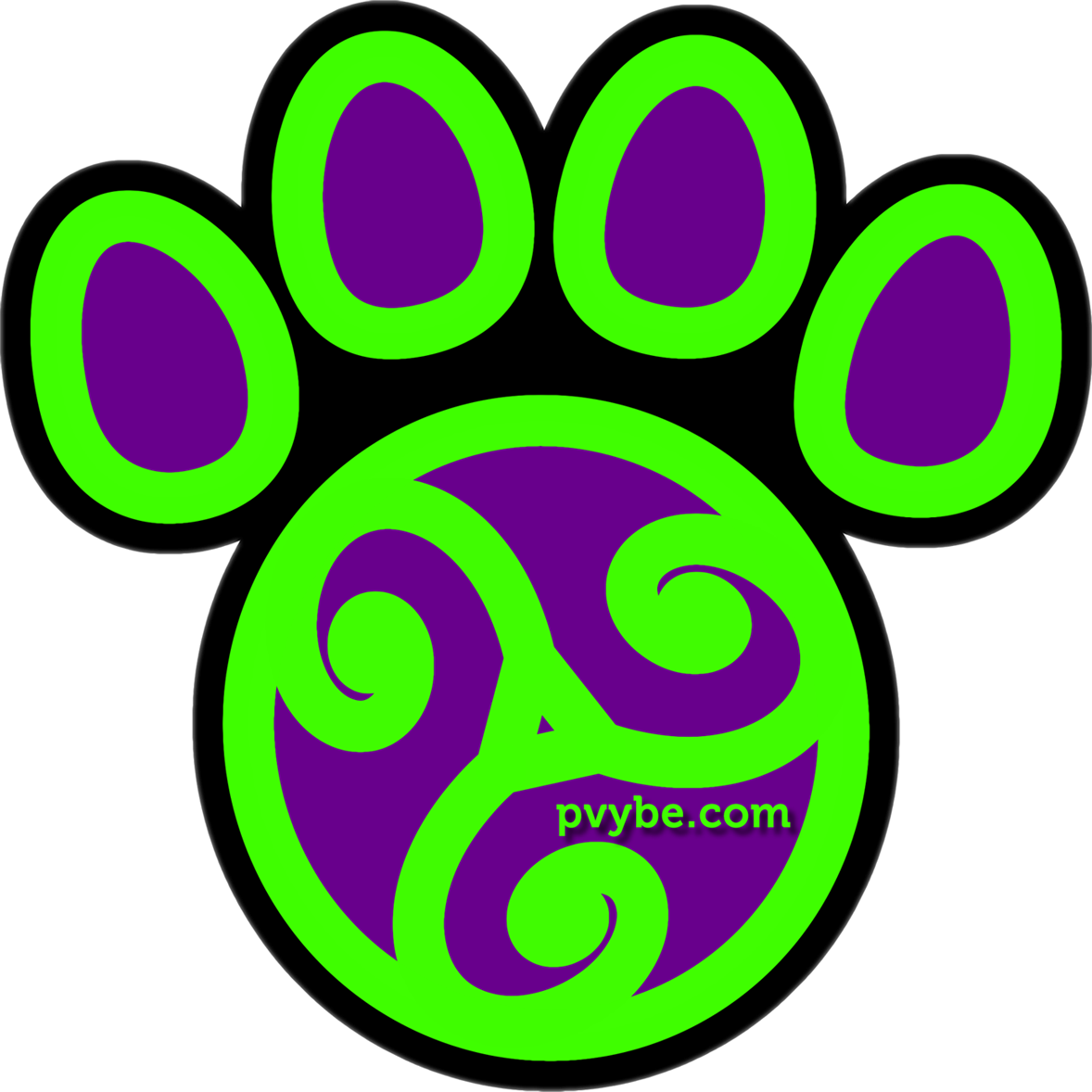Position in the Next"Next" encapsulates the dog's anticipation of a forthcoming reward, sparking motivation and excitement. This expectancy creates a driving force that propels the dog through training, forming a continuous loop of engagement. When "Next"... More Phase of a Cycle of PlayPlay is willing, self-induced engagement in, and the experience of, novel, consequent opportunity. More
In the Play+ philosophy, “Position” is the final stage within the “Next” phase of a Cycle of Play. It acts as a pivotal link between the “Next” phase and a new “Now” phase.

During the Position stage, the handler skillfully guides the dog into an optimal state or location for the upcoming action. This involves physically and mentally orienting the dog to be ready to respond to the next cue or command. The handler’s role is to facilitate this transition smoothly and seamlessly, maintaining the flow and rhythm of the training session.
Key Characteristics of the Position stage include:
- Physical Location: The handler ensures the dog is in the right place at the right time, positioned appropriately for the next task or behavior.
- Mental Orientation: The dog is mentally prepared, focused, and attentive, ready to respond to the next cue.
- Preparation for the New “Now”: The Position stage is the final moment of preparation before the next “Now” phase begins. It acts as a transitional stage that sets the tone for the next cycle of play, creating a bridge between anticipation (the “Next” phase) and action (the “Now” phase).
- Fostering Cooperative Movement: The Position stage is a valuable opportunity to foster a sense of cooperative movement between the handler and the dog. This movement, emerging from the harmonious connection established in the previous stages, serves as the binding force maintaining engagement. It ensures a seamless transition into the new “Now” phase, setting the stage for continued collaborative interaction.
The Position stage is therefore an essential element in managing the rhythm and flow of a Cycle of Play. It ensures the dog is optimally positioned and prepared, facilitating a smooth transition into the next cycle and maintaining engagement and motivation throughout the training session.



